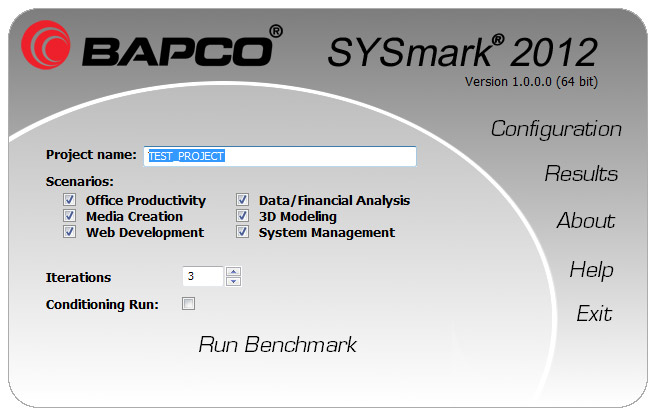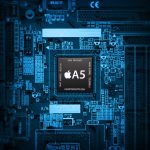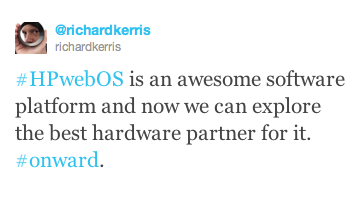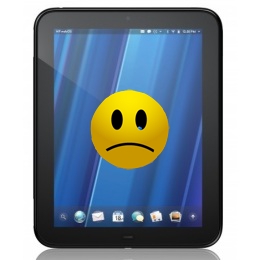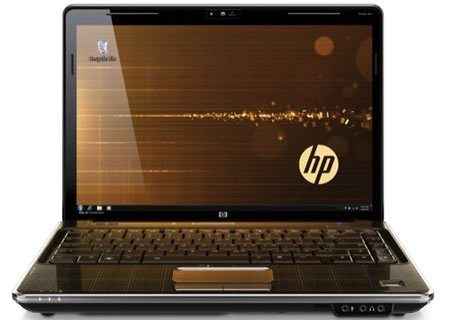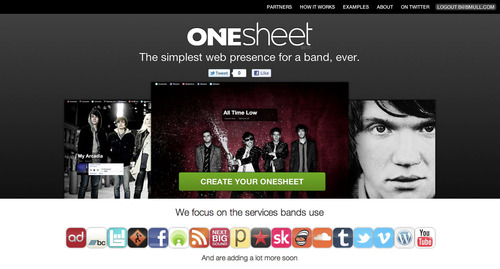It’s not a tablet, it’s iPad 2.
That statement is a subtle but powerful one embedded deep in Apple’s iPad 2 website. I challenge you to find Apple call the iPad 2 a tablet anywhere on their website.
So I also ask this question that others have posed. Is there a tablet market?
On the surface this is probably a dumb question. Apple is selling millions of iPads a month and tablet fever is all around us. Or is it? Is there tablet fever or iPad fever?
You will notice that when Steve Jobs introduced the iPad he never once called it a tablet. And since then, you have never heard anyone at Apple call the iPad a tablet.
The competition has. Analysts and media have called the iPad a tablet. But not Apple. There is a reason for that. It goes back to Steve Jobs overall view of a tablet. As Windows tablets came out, he looked at them and said “people don’t want that.”
He felt that Windows tablets were too PC like and while more portable it just delivered the same old PC experience just in a new form factor. (Are you listening Microsoft and the Windows 8 tablet team?)
Instead, he put his team to work trying to come up with something people would actually want and actually use. He concluded it would not be a tablet in the PC world’s definition but rather, something completely new and different. It is not his fault that we (competition and the media) keep calling it a tablet. Apple will try and distance themselves from this tablet concept and terminology as much as possible.
Software Is the Real Magic
What Apple has actually created with the iPad is just a portable screen that gives users access to what is Apple’s real genius – its apps and services. They just happen to make a portable screen that is elegant, beautiful and easy to use for accessing these apps and services. What is even more interesting is that if you really look at what Apple does in hardware, it is just to create stylish screens like the iPod, iPhone and now the iPad, that front-ends their apps and services. Hardware is only as good as the software it runs.
When Apple first introduced the iPhone, a Sr. Apple exec laid it down on the table and asked me what I saw. I told him I saw a device with a blank screen. He then said that is what he wanted me to see. When off, it has very little value. But once turned on, that is where the magic is- in the software and services. His point was that Apple is a software company and it is the software that makes this “screen” sing and dance. I fully expect Apple to deliver more elegant screens that front these apps and services in the forms of TV’s, in-car navigation systems, and who knows what else that they may feel is needed to serve as a front end to their software and services.
While Apple is creating these screens to serve as front ends to their software and services, most of the competition is stuck in the old line PC way of thinking about creating a tablet that has its roots in the tablets of the past. They take the typical hardware approach and at the moment are hoping Google will create the software and services that they can tap into. Or those waiting for Windows 8 tablets are hoping that Microsoft will deliver a world of apps and services that they can hitch their wagon to.
Stop Making Tablets
But to be competitive with Apple, vendors have to realize SOON that they cannot create a tablet if they have any hope of challenging Apple. In fact, I would stay away from the word tablet altogether as this term is pure death for them. Rather, like Apple, I would give my “screen” a name of its own and start working on my own software and services play that would allow me to also build more screens that front my apps and services. (By the way, when Amazon introduces their “tablet” soon, listen carefully to what they call it. It will probably have the Kindle brand but don’t expect them to call it a tablet. It is just another screen, like the Kindle, that front ends their apps and services.) Why A Tablet (screen) is Key to Amazon’s Success.”
Of course, the opposite is happening. Competitive vendors think that this “tablet” market will follow what has happened in the PC world and the smart phone world where Windows and Android have surpassed the Mac and IOS. But something tells me that this is different. Apple has not created a tablet. They have created a lightweight portable screen that is the gateway to their software and services. The iPad and its ecosystem will stand alone. In that sense, Apple has proven there is a market for iPads, not tablets.
Now it will be up to the competition to prove that there is another market for what they want to call tablets. And at the moment, considering what HP just did with their TouchPad and the slow adoption of any other tablet out there, it leaves one to think that at the moment there is really just an iPad market, not a market for tablets.


